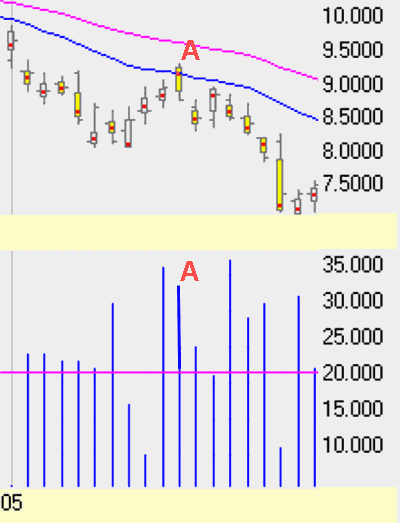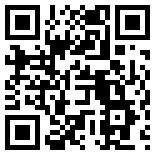|
Prosticks Articles
經濟日報6月21日
聚焦量判突破可能性
判斷市況是否突破在即?是真突破還是假突破?乾坤燭中的聚焦量
(Modal Count)指標,可以幫助你盡早作出判斷,快人一步。
昨天己經介紹了聚焦量的概念,即聚焦點的交易時間總和。聚焦量愈大,表示市場花在該聚焦點價位的時間愈多。以下重點講其用法。下圖是聯想
(0992)的乾坤燭圖,下方為其聚焦量圖,外表上,它類似傳統的成交量圖。水平線是聚焦量的
150天平均線 = 23.73 ,意味著過去150天中,市場平均花費23.73個5分鐘
在聚焦點上。
如圖示,在A日,價位在20天移動平均線之下整固之後,試圖向上衝擊
20天平均線。此時聚焦點及20天平均線同在$9.3。聚焦量 = 33,遠遠高於
150天平均數23.73,顯示市場在$9.3爭持,所花費的時間不菲。而最終好友的衝擊行動宣告失敗,當日聯想以最低位收市,表示市場認為該阻力位乃牢不可破。之後,聯想持續下跌。
由此可見,聚焦量指標可以幫助投資者判斷市況有無突破的可能性,並及時把握買賣或沽貨的時機。
在乾坤燭互聯網頁上(www.prosticks.com),聚焦點和聚焦量的資料是連續更新的,使用者可以即市瀏覽,不需等到收市。

| 

